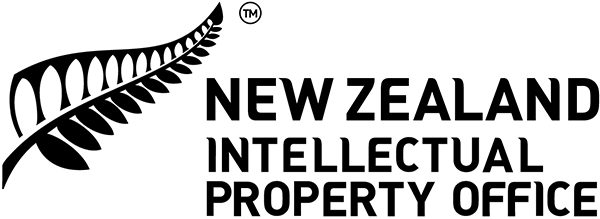We’ve made a number of improvements to our case management facility as of 31 March 2022.
Trade mark goods and services improvements
Trade Mark Specification Builder
Trade Mark Specification Builder, our pre-approved goods and services term research tool, has seen some changes to the help text and buttons to better explain its usage and purpose. You can now export a specification in .xml format to import into the trade mark application form.
Trade mark application and Search and Preliminary Advice request forms
We’ve introduced several improvements for specifying goods and services on the trade mark application form and the search and preliminary advice request form:
- You can import a goods and services specification from any trade mark case on the register. This may be useful for organisations that are rebranding and want to use the specification from their existing trade marks.
- You can import .xml specification files from Trade Mark Specification Builder.
- Whenever you add custom terms to a specification, four new filters will be automatically applied to provide further guidance. For example, you will receive an on-screen message if:
- You have entered a custom term that is pre-approved in another class, and cannot be accepted in the current class. In this case, we will suggest moving the term to the appropriate class.
- You have entered a custom term that contains a registered trade mark that shouldn’t appear in a specification. In this case, we will suggest alternative phrasing. This is similar to the table in section 3.4.3 of our practice guideline on classification and specification, and is not exhaustive.
- A custom term contains keywords that indicate it may be too broad. In this case, we will invite you to consider if that reflects how you intend to use your trade mark.
- A term is duplicated in your specification. In this case, we will suggest that you remove the duplicate term.


“Teams” option for user accounts
If you are part of an organisation that maintains multiple user accounts in our case management system, you may now organise your user accounts into “Teams”.
- This will allow you to delegate cases to a team of users rather than a single user.
- If a case is delegated to a team, all of the users under that team will have the ability to respond to that case’s tasks, and/or view its discussions.
For more information on the “Teams” option, please visit the Account Support pages on our website.
Updates to guidance text when you share information with us
We have updated the guidance text on forms that we use to collect your information. The updates explain why we need your information, how we will use your information, and when it may be shared internationally.
New trade mark search filter in monthly Journal
When searching trade mark cases published in the Journal, you can now filter results between national and international trade mark cases. This filter can be used in combination with other existing search filters.
Display correction for trade mark certificates of registration
Trade mark certificates of registration will now display goods and services classes in the correct numerical order. This resolves a previously-reported issue with system-generated certificates.
Notification of WIPO changes for international trade marks
Whenever we process a change request from WIPO for an international trade mark designating New Zealand, our case management system will now automatically send an email notification to the local agent for that trade mark (if one exists).
Option to pay voluntary amendment fee for patent applications
If you are required to pay a voluntary amendment fee for a patent application, you may now file a voluntary amendment request for the purpose of paying this fee. This can be done by ticking the box “I need to pay a fee for an amendment to my complete specification” in the voluntary amendment form. This new option no longer requires applicants to submit a copy of a complete specification in order to pay this fee.
New WIPO DAS options for patent applications
Our case management system now provides additional options involving the WIPO Digital Access Service (WIPO DAS):
- When updating priority claims for a patent application after examination has been requested, you may now add a WIPO DAS code to these claims.
- When filing a provisional patent application, the option to upload the provisional specification to WIPO DAS will be selected by default.
Section 71 deadline visibility for patent applications
If a patent application has a deadline by which it must be placed in order for acceptance (otherwise known as the “Section 71 deadline”), this deadline will now be visible on its case file in the public patents register.
Updated trade mark letters
We have refreshed the following letters related to trade marks. These now include an improved layout for examination matters and response due dates:
- Provisional refusal reports for international registrations designating New Zealand.
- Subsequent provisional refusal reports for international registrations designating New Zealand.
- Notices of acceptance for international registrations designating New Zealand.
